
Marguerite Germaine Marie Donnadieu, known as Marguerite Duras, was a French novelist, playwright, screenwriter, essayist, and experimental filmmaker. Her script for the film Hiroshima mon amour (1959) earned her a nomination for Best Original Screenplay at the Academy Awards.
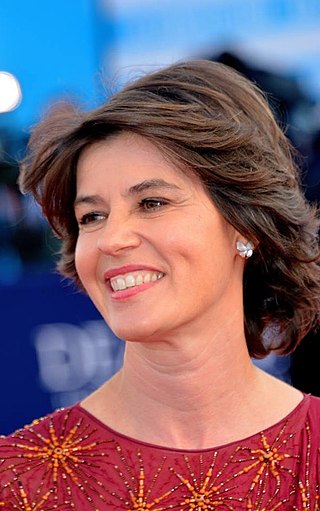
Irène Marie Jacob is a French-Swiss actress known for her work with Polish film director Krzysztof Kieślowski. She won the 1991 Cannes Film Festival Award for Best Actress for the Kieślowski film The Double Life of Veronique, and was nominated for the BAFTA Award for Best Actress in a Leading Role for her 1994 film Three Colours: Red. Her other film appearances include The Secret Garden (1993), Beyond the Clouds (1995), U.S. Marshals (1998), and Eternity (2016).

The Seagull is a play by Russian dramatist Anton Chekhov, written in 1895 and first produced in 1896. The Seagull is generally considered to be the first of his four major plays. It dramatizes the romantic and artistic conflicts between four characters: the famous middlebrow story writer Boris Trigorin, the ingenue Nina, the fading actress Irina Arkadina, and her son the symbolist playwright Konstantin Treplev.
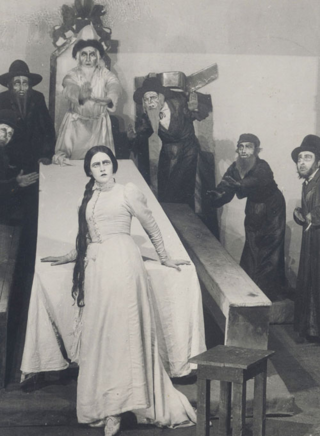
The Dybbuk, or Between Two Worlds is a play by S. Ansky, authored between 1913 and 1916. It was originally written in Russian and later translated into Yiddish by Ansky himself. The Dybbuk had its world premiere in that language, performed by the Vilna Troupe at Warsaw in 1920. A Hebrew version was prepared by Hayim Nahman Bialik and staged in Moscow at Habima Theater in 1922.

Stella Adler was an American actress and acting teacher.

Marjorie Ellen Mahoney Dusay was an American actress known for her roles on American soap operas. She was especially known for her role as Alexandra Spaulding on Guiding Light, a role she played on and off from 1993 through the show's 2009 cancellation, as well as Jean Faircloth MacArthur, the wife of Douglas MacArthur, in the 1977 movie MacArthur.
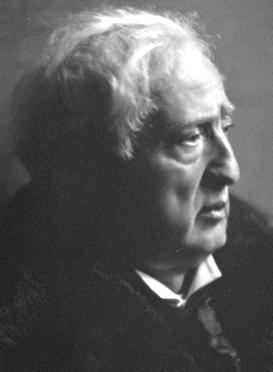
Jacob Pavlovich Adler was a Jewish actor and star of Yiddish theater, first in Odessa, and later in London and in New York City's Yiddish Theater District.
In theatre, blocking is the precise staging of actors to facilitate the performance of a play, ballet, film or opera. Historically, the expectations of staging/blocking have changed substantially over time in Western theater. Prior to the movements toward "realism" that occurred in the 19th century, most staging used a "tableau" approach, in which a stage picture was established whenever characters entered or left the stage, ensuring that leading performers were always shown to their best advantage. In more recent times, while nothing has changed about showing leading performers to their best advantage, there have been changing cultural expectations that have made blocking/staging more complicated. There are also artistic reasons why blocking can be crucial. Through careful use of positioning on the stage, a director or performer can establish or change the significance of a scene. Different artistic principles can inform blocking, including minimalism and naturalism.
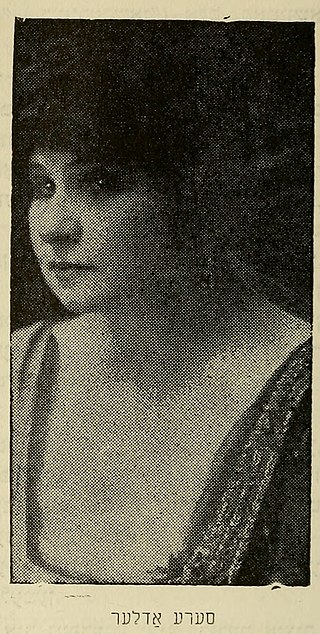
Sara Adler was a Russian actress in Yiddish theater who made her career mainly in the United States. She was known as the "mother" or "duchess" of Yiddish theater.
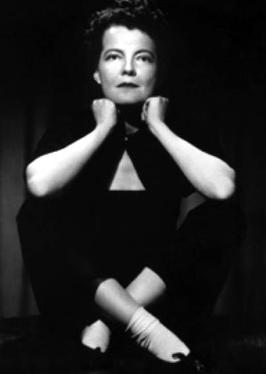
Margo Jones, nicknamed the "Texas Tornado", was an American stage director and producer, best known for launching the American regional theater movement and for introducing the theater-in-the-round concept in Dallas, Texas. In 1947, she established the first regional professional company when she opened Theatre '47 in Dallas. Of the 85 plays Jones staged during her Dallas career, 57 were new, and one-third of those new plays had a continued life on stage, television, and radio. Jones played an important role in the early careers of a range of playwrights, such as Tennessee Williams, William Inge, Joseph Hayes, Jerome Lawrence, and Robert E. Lee.
Andrew Repasky McElhinney is an American film and theater director, writer and producer born in Philadelphia. McElhinney's cinema work is in the permanent collection of MoMA-The Museum of Modern Art, New York.

Upsala is a historic mansion in Mount Airy, Philadelphia, Pennsylvania, United States. Considered one of the finest extant examples of Federal architecture, the mansion is a contributing property of the Colonial Germantown Historic District and is listed on the National Register of Historic Places and the Philadelphia Register of Historic Places.

Hedwig and the Angry Inch is a rock musical with music and lyrics by Stephen Trask and a book by John Cameron Mitchell. The musical follows Hedwig Robinson, a genderqueer East German singer of a fictional rock and roll band. The story draws on Mitchell's life as the child of a U.S. Army major general who once commanded the U.S. sector of occupied West Berlin. The character of Hedwig was inspired by a German divorced U.S. Army wife who was Mitchell's family babysitter and moonlighted as a prostitute at her trailer park home in Junction City, Kansas. The music is steeped in the androgynous 1970s glam rock style of David Bowie, as well as the work of John Lennon and early punk performers Lou Reed and Iggy Pop.
Georges Bataille's Story of the Eye is a 2004 experimental film adaptation of the 1928 novel Story of the Eye by the French writer Georges Bataille. The film, directed by Andrew Repasky McElhinney, takes place in a seemingly abandoned house where a group of people engage in wordless acts of passion. The film covers a period from evening to morning, and the sexual couplings among the members of the house become increasingly harrowing as daylight arrives.

Marcia Milgrom Dodge is an American director, choreographer and stage writer. After working in regional theatre, Dodge directed and choreographed her first Broadway production, a revival of Ragtime in 2009. The production received four Helen Hayes Awards in 2010, including one for Best Director, and received 7 Tony Award nominations including one for Dodge for Best Director of a Musical.

Raggedy Ann: The Musical Adventure is a musical with book by William Gibson and songs by Joe Raposo. It is based on the children's stories by Johnny Gruelle and the 1977 feature film Raggedy Ann & Andy: A Musical Adventure. The story centers on Marcella, a dying young girl whose toys come to life and take her on a magical adventure to meet The Doll Doctor, in hopes that he can mend her broken heart. Though the show failed on Broadway, it developed a cult following through bootleg recordings.
Monique Mojica is a playwright, director, & actor based out of Toronto, Ontario, Canada. She was born in New York City, but came to Canada as founding member of Native Earth Performing Arts.
Quartet, sometimes written as Quartett, is a 1980 play written by the German playwright Heiner Müller.
Alice Birch is a British playwright and screenwriter. Birch has written several plays, including Revolt. She Said. Revolt Again. for which she was awarded the George Devine Award for Most Promising New Playwright, and Anatomy of a Suicide for which she won the Susan Smith Blackburn Prize. Birch was also the screenwriter for the film Lady Macbeth and has written for such television shows as Succession, Normal People, and Dead Ringers.
A Chronicle of Corpses is a 2000 gothic art-house film directed by Andrew Repasky McElhinney.












